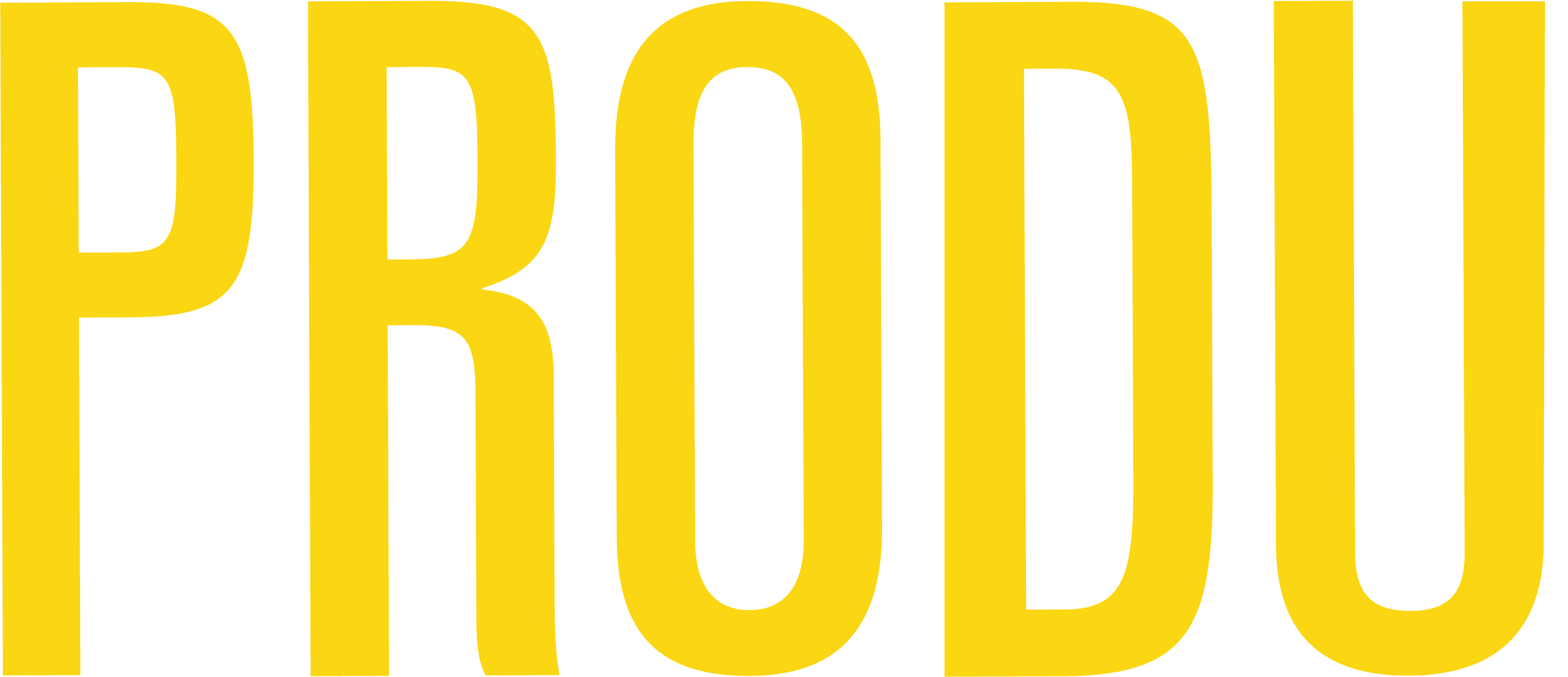TELEVISIÓN Versión en español
Alberto Pardo of Adsmovil: Product placement originates all we’ll know as interactivity on tomorrow’s TV
Liz Unamo| 1 de noviembre de 2022

Face to Face Webinar con Alberto Pardo
The transformation of television has also influenced the way advertising is presented on the different screens. One that has already been used for several years is “product placement,” which according to Alberto Pardo, founder and CEO of Adsmovil, will continue to evolve thanks to digitization. “I believe digitization will undoubtedly allow the creation of a series of interactions between the user and computer screens, and which perhaps we don’t yet have,” he said on the FIAP Face To Faceentitled Scenes of the Future: Television in 2030. As an example, Pardo mentioned Live Shopping on YouTube, where the video platform sets up a connection of audiovisual content with online sales. He said that such initiatives have a huge potential. “Two industries worth trillions of dollars – this mix could be explosive and requires that people behind the storytelling understand how the digital component is going to help.” “I believe things like this are just the beginning. It’s the point of the iceberg of where we’re going, and surely in five years it’s going to look as old as black-and-white TV. I believe product placement is undoubtedly the origin of all that we’ll know as interactivity with tomorrow’s TV,” he said.This democratization thanks to the digitization of TV, according to Pardo, has borne fruit with an enormous amount of content. “I feel TV will become more important than what it’s been up to now, and that’s because it will have an explosion of content.” This in turn means that consumers will find different options that are much cheaper than what they paid the cable operators.“I don’t think cable operators will be caught with their pants down. I’m sure they’ll react to the market in one way or another and with the needed investment. They’ll make a lot of noise about that, for which reason I feel the television business in terms of viewership is going to skyrocket.” Just as happened with the music industry, which, he said, was democratized and demonetized 20 years ago in a way that it made money, television is going down the same road today. “It won’t be in five, ten or 15 years, but surely we’re already seeing that path to demonetization, so it’s no longer the traditional cable but a bunch of different options. The way this demonetization is taking place looks to the user very much like the road music took in the years 1999-2000.” He explained that over the past ten to 15years there existed what was payment by segment, the cable operator and the lineal segment, or open signals, basically supported by advertising. That model is going to repeat itself in a ton of free AVOD alternatives (advertising-based video on demand) along with others that are SVOD (subscription video on demand). “You’ll have a mix of content that will either be financed by advertising or that you can buy with the guarantee that you’ll never see any ads.”He gave as an example the case of Netflix, which saw the attraction of being in the ad business. “I really don’t know what will become of the Microsoft/Netflix business alliance, but Netflix’s message is loud and clear: the number of subscribers will always have its limit, so perhaps the subscription model in terms of business is less attractive than that of the advertising model.”Advertising is an industry that will be worth some trillion dollars this year. “There aren’t many industries that handle such attractive sums of money as the ad business. That’s why Google, Facebook, Amazon and Apple rightly back that business, for the activity of the advertising business, and I believe that Netflix realized just how important that is.” “So we users will most certainly take a new look, just like when we started seeing linear television and the ad campaigns we liked, the commercials we talked about, and whose creativity formed part of the chat and tales of things that went on in our homes,” he said. See Face to Face Webinar with Alberto Pardo of Adsmovil































